by: Mark Hughes
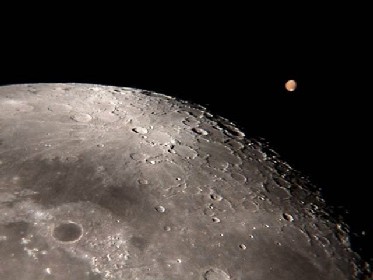
Luna
Fun Fact: If you lived on the Moon, you would see the Earth go through phases, much like Earthlings see the Moon do.
Photo source: NASA
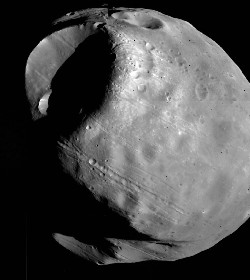
Phobos
Fun Fact: Phobos is doomed. In 100 million years Phobos will either crash into Mars or break up as it's dragged down by the planet's gravity. The current distance between Phobos and the surface of Mars is about 3,600 miles, compared to 250,000 miles between the surface of the Earth and its Moon.
Photo source: NASA
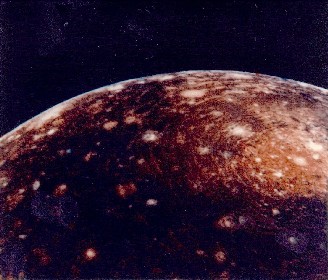
Callisto
Fun Fact: Callisto has had the most impact craters in the solar system, which have left many large cracks in its surface.
Photo source: NASA
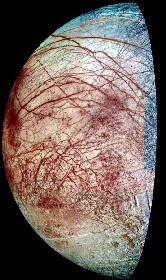
Europa
Fun Fact: Where there is water, there could be life. If life does exist on Europa, it is probably supported by undersea volcanic vents much like the ones that help life exist at extreme ocean depths of Earth.
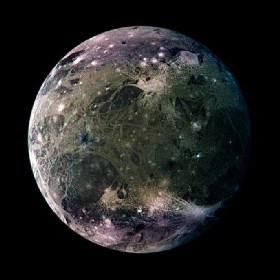
Ganymede
Fun Fact: Ganymede can be seen from the surface of the Earth with the naked eye, as long as you look for it on a clear night without any light pollution.
Photo source: NASA
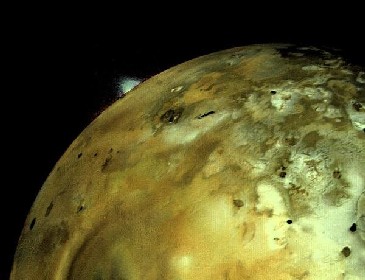
Io
Fun Fact: Molten rock is constantly re-forming the surface of Io. In fact, scientists observed one volcano move 50 miles across the surface of Io in the span of just 17 years.
Photo source: NASA
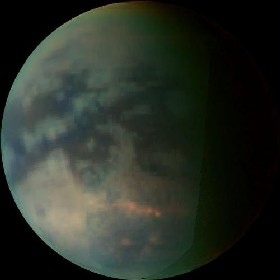
Titan
Fun Fact: Titan is the only moon in the solar system with a thick atmosphere.
Photo source: NASA
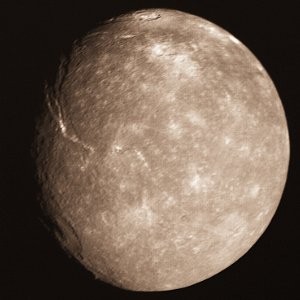
Titania
Fun Fact: Most of the moons of Uranus were named after characters in Shakespeare; Titania comes from A Midsummer Night's Dream.
Photo source: NASA
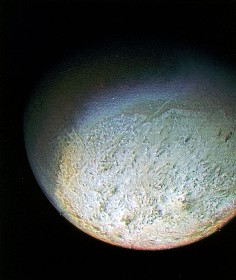
Triton
Fun Fact: Triton orbits Neptune in the opposite direction of that planet's rotation. This is called a retrograde orbit. Triton is the only large moon in the solar system with a retrograde orbit around its planet, leading scientists to believe that Triton formed elsewhere and was captured by Neptune's gravity long ago. Photo source: NASA



